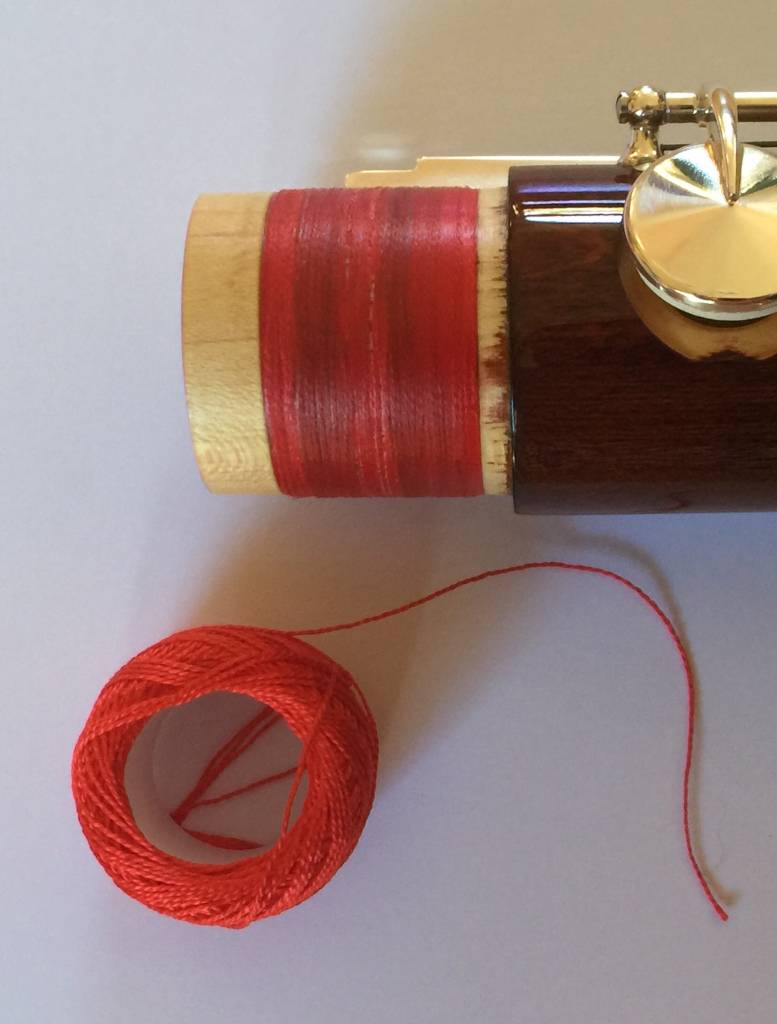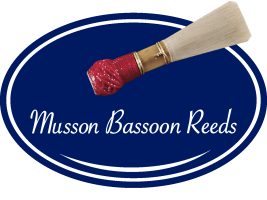Getting your bassoon joints to fit
- | Blog

JOINT PAIN
A common issue with bassoons is joints that jam so the instrument won’t come apart without a struggle. With the change in seasons you may also experience the opposite problem; joints that are too loose, so the bassoon actually threatens to fall apart.
This all goes back to the fact that bassoons are (almost always) made of maple, which is quite a porous wood and thus affected by changes in humidity, especially when the instrument is new. The extremes of temperature and humidity which we experience in Australia mean these problems are common.
With very tight joints, applying copious amounts of grease will not solve the problem. In fact, too much grease can exacerbate the situation as the wood may absorb the grease and swell even more. The solution is very simple: just remove some of the thread wrapping around the tenon. Take off just enough to still ensure a firm fit.
Of course, if the wood is very swollen, it may be necessary to sand back some of the wood on the very end of the joint. If you have cork instead of thread on the tenons, this can also be sanded down. In these cases, the services of a skilled repairman may be required.
Another tip to avoid sticking joints is not to leave the bassoon assembled overnight once you have finished playing. Take the instrument apart and dry it out carefully using a pull-through.
Conversely, if your bassoon’s joints are fitting too loosely, wrap extra thread around the joints until a firmer fit is obtained. Crochet cotton is recommended, not a synthetic. For a quick emergency measure, waxed dental tape can be very handy.
